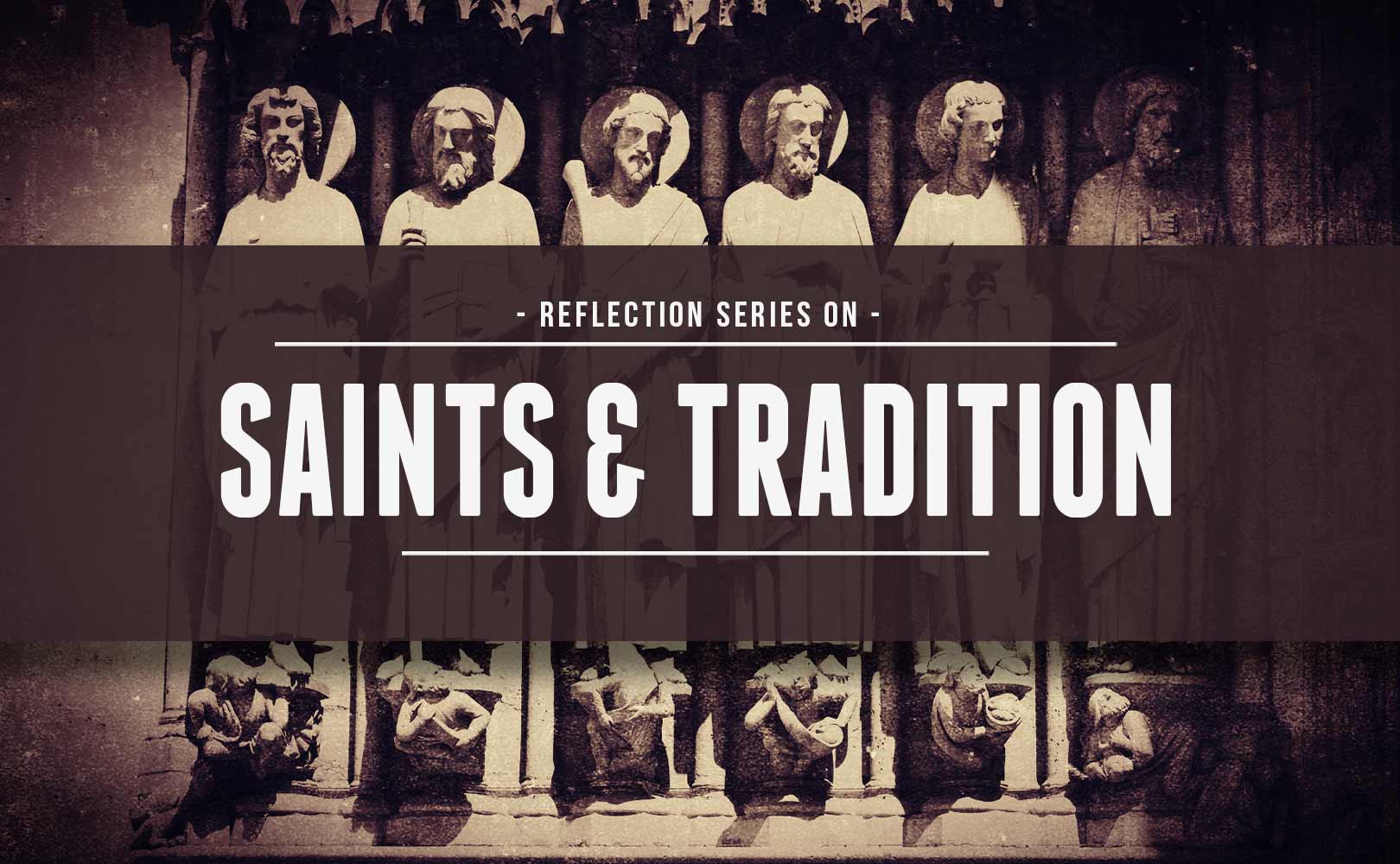We recently celebrated All Souls Day, in which we prayed for all the faithful departed to be released from purgatory and brought into the presence of God in Heaven. Yet belief in purgatory has fallen on hard times in recent decades. Of course Protestants reject this doctrine, but also many (most?) Catholics manifest practical disbelief of it. After all, at most Catholic funerals the deceased is canonized, assumed already to be “looking down on us” and happy in Heaven, in spite of the likelihood that most people who die in the state of grace will face a stay in purgatory.
Why has purgatory been forgotten by Catholics? Because we minimize two things: the severity of our sins and the holiness of God. A single venial sin that’s unconfessed or any sin that’s not been recompensed bars a person from the presence of the All-Holy God. When Isaiah had his vision of God on his throne in Heaven, he immediately exclaimed, “Woe is me! For I am lost; for I am a man of unclean lips, and I dwell in the midst of a people of unclean lips; for my eyes have seen the King, the Lord of hosts!” (Is 6:5). Isaiah instinctively understood that a sinful man was not worthy to stand in the presence of God. Why? Because, as he heard the angels sing, “Holy, holy, holy is the Lord of hosts!” (Is 6:3). God is holy, which means He is set apart from sinful humanity.
Then what a great mercy of purgatory is! The stain of sin on one’s soul—even in a state of grace—keeps one from God’s presence but He gives us purgatory as the remedy.
What is purgatory like? That is where our saint, Catherine of Genoa, comes into the story. Official declarations by the Church about purgatory are extremely limited. Essentially, the Church says two things about purgatory:
- The souls of the just which, in the moment of death, are burdened with venial sins or temporal punishment due to sins, enter purgatory. (Ott, Fundamentals of Catholic Dogma, p. 482)
- The living faithful can come to the assistance of the souls in purgatory by their intercessions (suffrages). (Ott, Fundamentals of Catholic Dogma, p. 321)
So purgatory exists and we can help souls there by our prayers. That’s all the Church says we know for sure. What purgatory is like and how long people stay there is open to speculation.
Yet St. Catherine of Genoa gives us an idea, for she was given visions of purgatory so that we might know more about this mysterious state that so many souls enter.
According to St. Catherine purgatory is a place of greater joy and greater suffering than anything we know in this world. Such a description is inexplicable for us; on this earth it is difficult to conceive of something that both brings joy and suffering—perhaps the birth of a child for a mother comes closest. We typically think of joy as the absence of suffering, yet in purgatory the two states are somehow integrated.
This combination of joy and suffering gets to the essence of purgatory in the visions of St. Catherine of Genoa. The Holy Souls long ardently to see God. They are willing to endure any suffering needed for this to happen. St. Paul tells us in his First Letter to the Corinthians why they must suffer:
Now if any one builds on the foundation with gold, silver, precious stones, wood, hay, stubble—each man’s work will become manifest; for the Day will disclose it, because it will be revealed with fire, and the fire will test what sort of work each one has done. If the work which any man has built on the foundation survives, he will receive a reward. If any man’s work is burned up, he will suffer loss, though he himself will be saved, but only as through fire. (1 Cor 3:12-15)
Purgatory’s pains are compared to fires, but these are not the fires of Hell; they are the “consuming fire” of God himself (cf. Heb 12:29). According to St. Catherine, God’s consuming fire refines the soul from within in purgatory, burning off the defilements that were built up in a lifetime of half-hearted service to God. This very process, though, brings immense joy, for the soul knows that he is drawing closer to complete union with God. As St. Catherine says, “Again the soul perceives the grievousness of being held back from seeing the divine light; the soul’s instinct too, being drawn by that uniting look, craves to be unhindered” (Treatise on Purgatory, Chapter 9).
As Scripture, reason, and St. Catherine of Genoa make clear, purgatory is a great mercy. It is the process by which we become who we were created to be: images of God without any attachments or defilements due to sin. Let us not forget this great mercy, praying for the souls in purgatory and beginning the task of detaching ourselves from sin here in this life.


